The best type of research is the kind that produces not only answers, but more questions.
My more recent explorations of New York’s places of worship were inspired largely by the questions I brought up in my previous blog post: first, are religious spaces and practices influenced and changed by the blended culture of New York; and second, do New Yorkers, either consciously or subconsciously, “worship” things other than a traditional deity?
The answer to the first question is, well, yes and no. In some cases, as we saw before in my previous blog post, being in a multicultural environment absolutely changes religious practice. Take for example, this South Indian spiritual dancer, when asked by an older, more traditional worshipper why she failed to stay true to the conventions of her art form:
“We’re in America, and things adapt. We think the art should speak for itself.”
In contrast, I met an 80 year old woman from Russia whose lifestyle here in the city was a little different:
“I am here twenty years. I go to synagogue, everyone speak Russian. I go to work, everyone speak Russian. I am with family, we all speak Russian. Everyone in my building all speak Russian. My English not so good.”
Both women are influenced by their culture; but while one is inspired to move away from tradition, the other is obliged to stay loyal to it. Do their generational differences play an important role in this? One of my goals in the next few weeks is to question the factor of age in religious worship.
Meanwhile, as I tried to answer the second question another idea came to the foreground. Obviously art abounds in religious settings. From paintings to sculptures to structures themselves, worship has inspired some of the greatest art in history. However, I have begun to notice the interesting clash of secularism and religion that has come about. It was fascinating for me to see a nonreligious sculpture dominating the gothic interior of this Episcopal cathedral…
While meanwhile, a woman attending a concert at the Lincoln Center, an institution with no religious affiliation whatsoever, having a religious epiphany:
“I came here feeling not so good, and this woman, and her voice, and her faith; it restored me.”
Like a true Gallatino, I have been reading up on my Marxist theory to wrap my head around the paradox. Marx called religion “the opiate of the masses,” and claimed that “art does not imitate nature; it comes from a representation, an ideological concept or outlook.” I wonder what he would say in response to a Hindu dancer’s delicate yet strong fingers sculpting themselves into a falling leaf and floating down toward the ground as if on a breeze (maybe he’d be struck speechless by the beauty of it, like I was). Anyhow, the next chapter of my exploration will look at this intersection of art and religion, and what it has to say about secularity and adaptation.
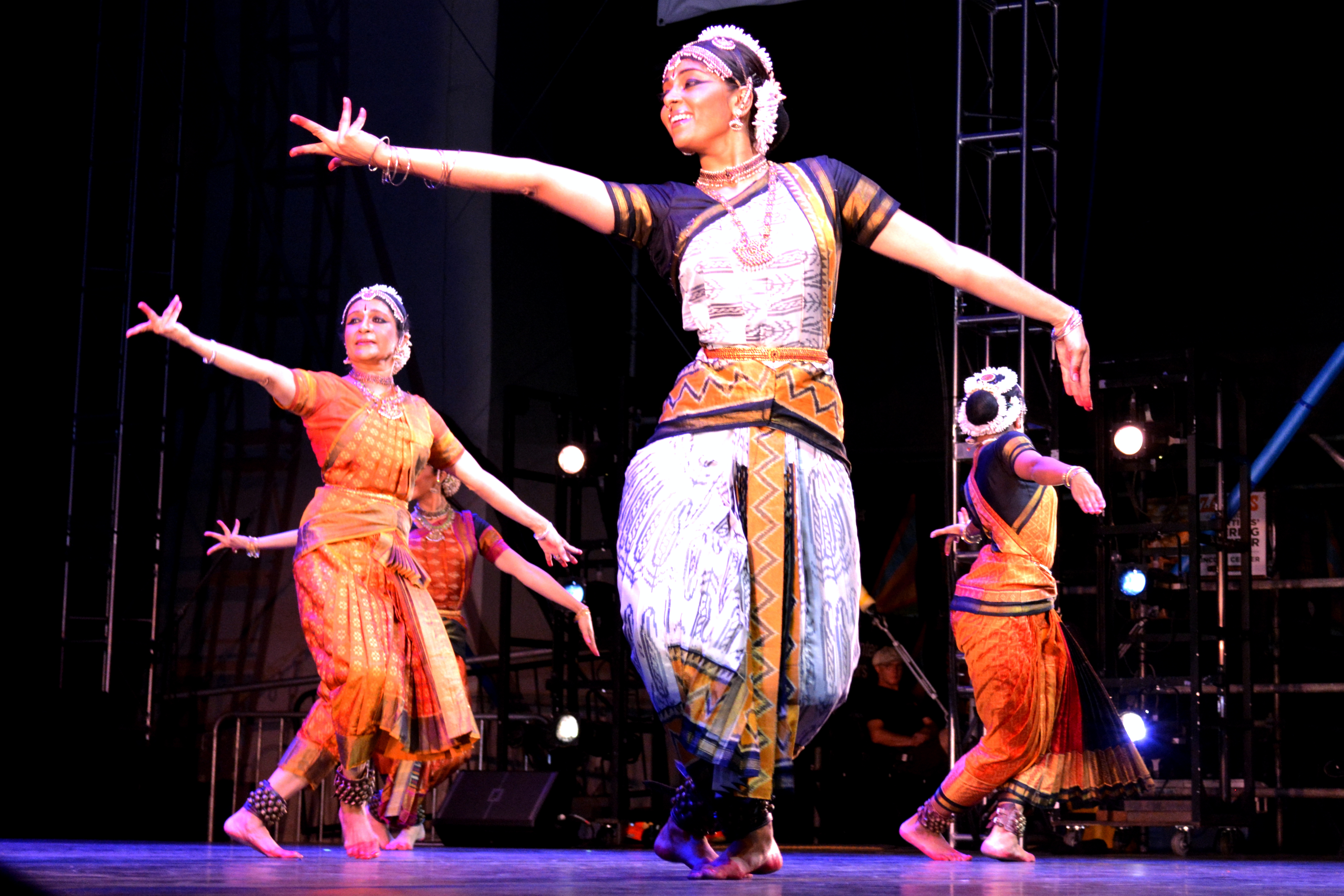
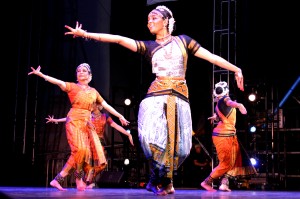
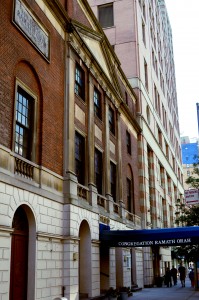
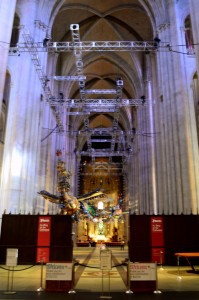
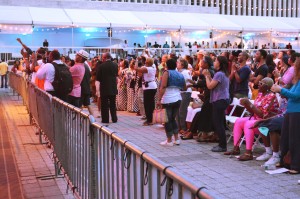
Angelina,
I think this is a very fascinating topic. One thing I would be curious to know is not just “to question the factor of age in religious worship,” but to add another layer and question whether the relationship between age and worship differs among different religions. The reason I pose this question is because there has been a pretty active discussion in the last few years on age and religions – with popular discussion arguing that the younger generations have a much weaker religious relationship than their elders. It might be “cool” to see whether this argument proves truer among certain religions vs. other.
It also might be interesting to see what types of ways younger generations are growing relationships with religion, and if that is influenced by art. For example, Hillsong United (a megachurch that has become wildly popular in NYC in recent years) is more popularly known for its Christian music. There are many people who know them as just a band, and find out later they are also a church. Their band is often credited with ‘refreshing’ Christian music and making it fun to listen to etc. I have many friends who have not gone to church in the past, and do not regularly go now, but they love Hillsong united music and drive 3 hours to attend one of the concerts. As a result of connecting with Hillsong’s art, they now are interested in attending the church and strengthening this religious relationship.
I hope that these thoughts might prove interesting to you, and potentially useful as more food for thought!
Best,
Julie